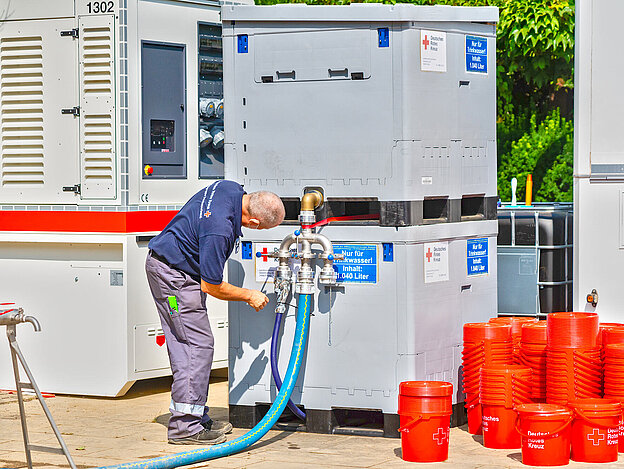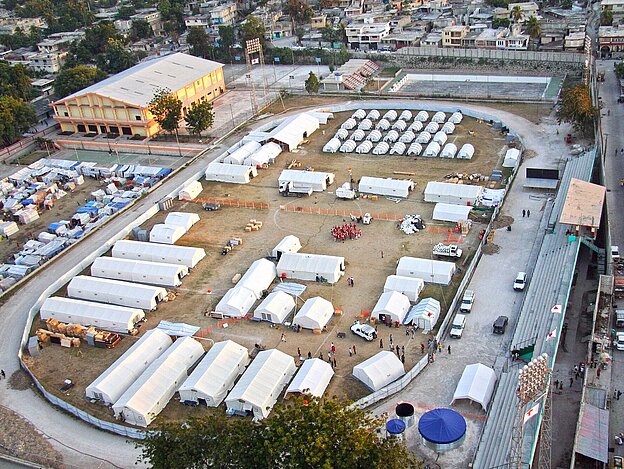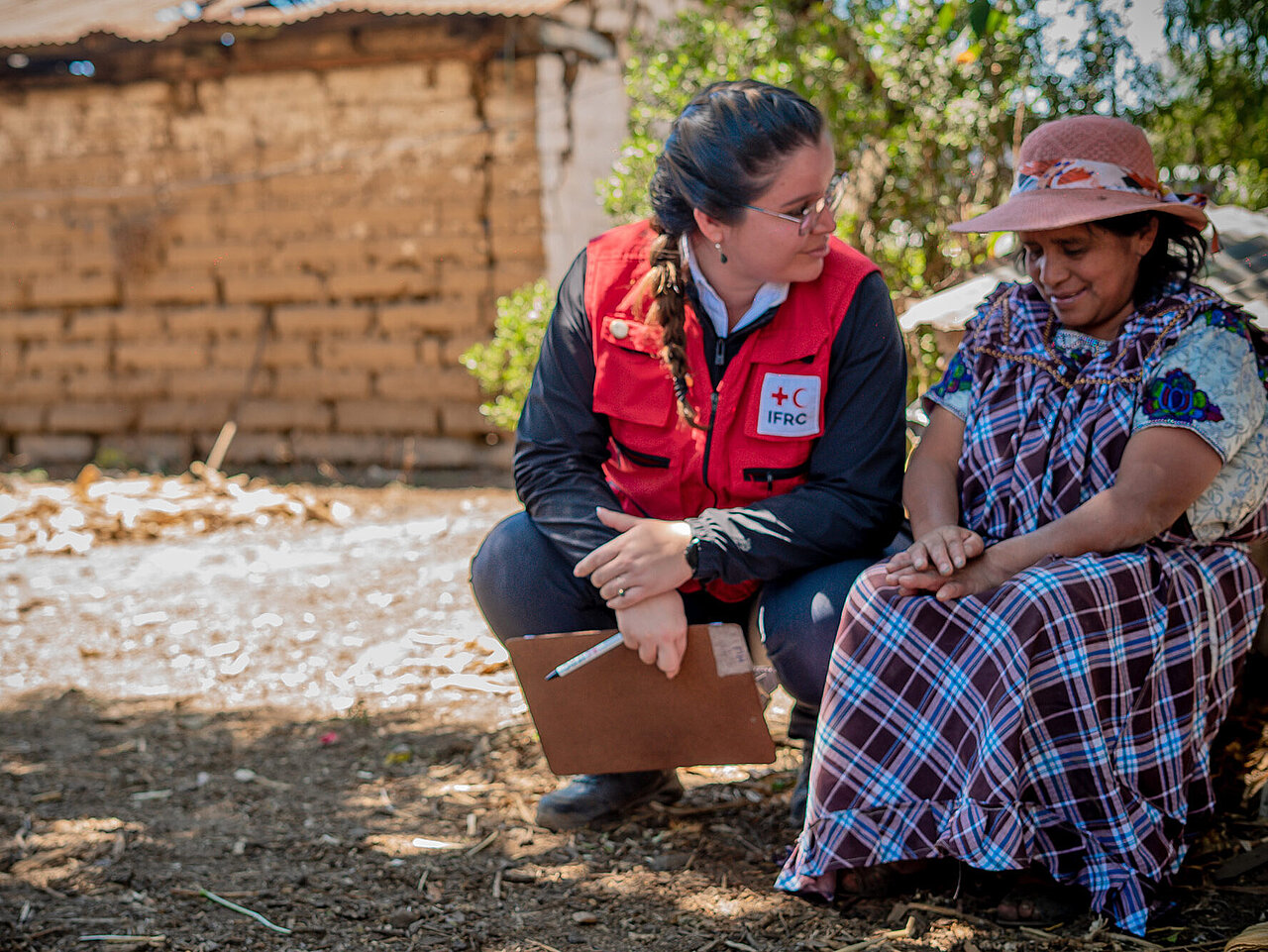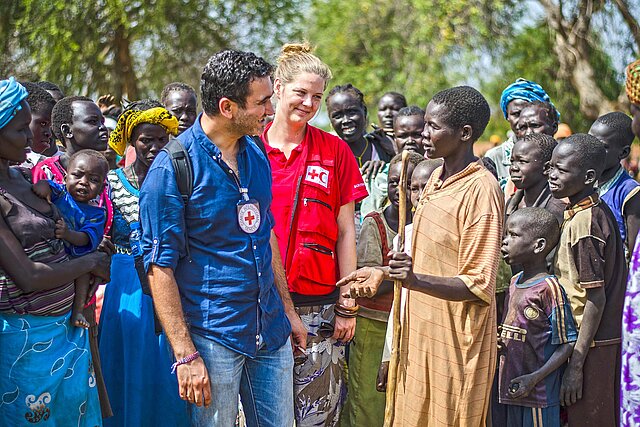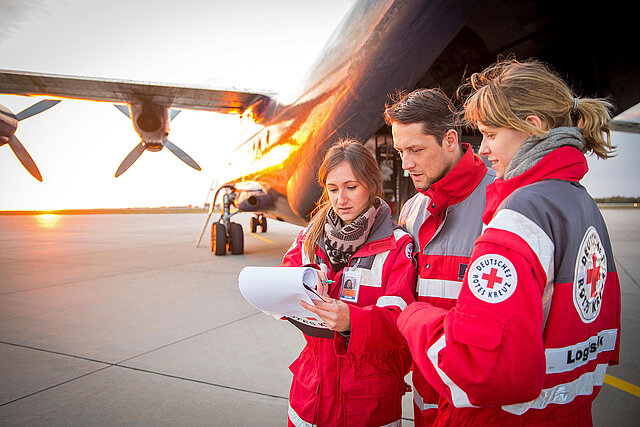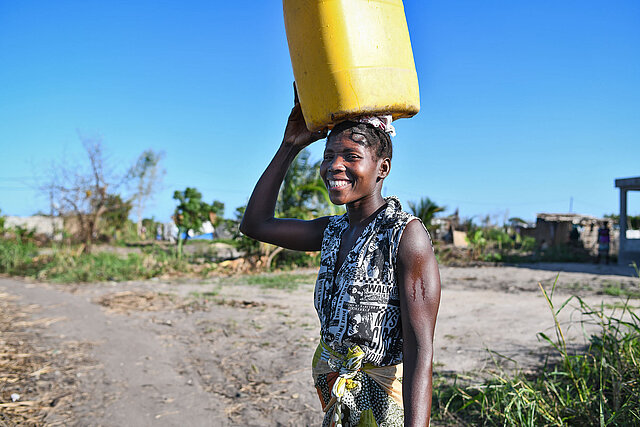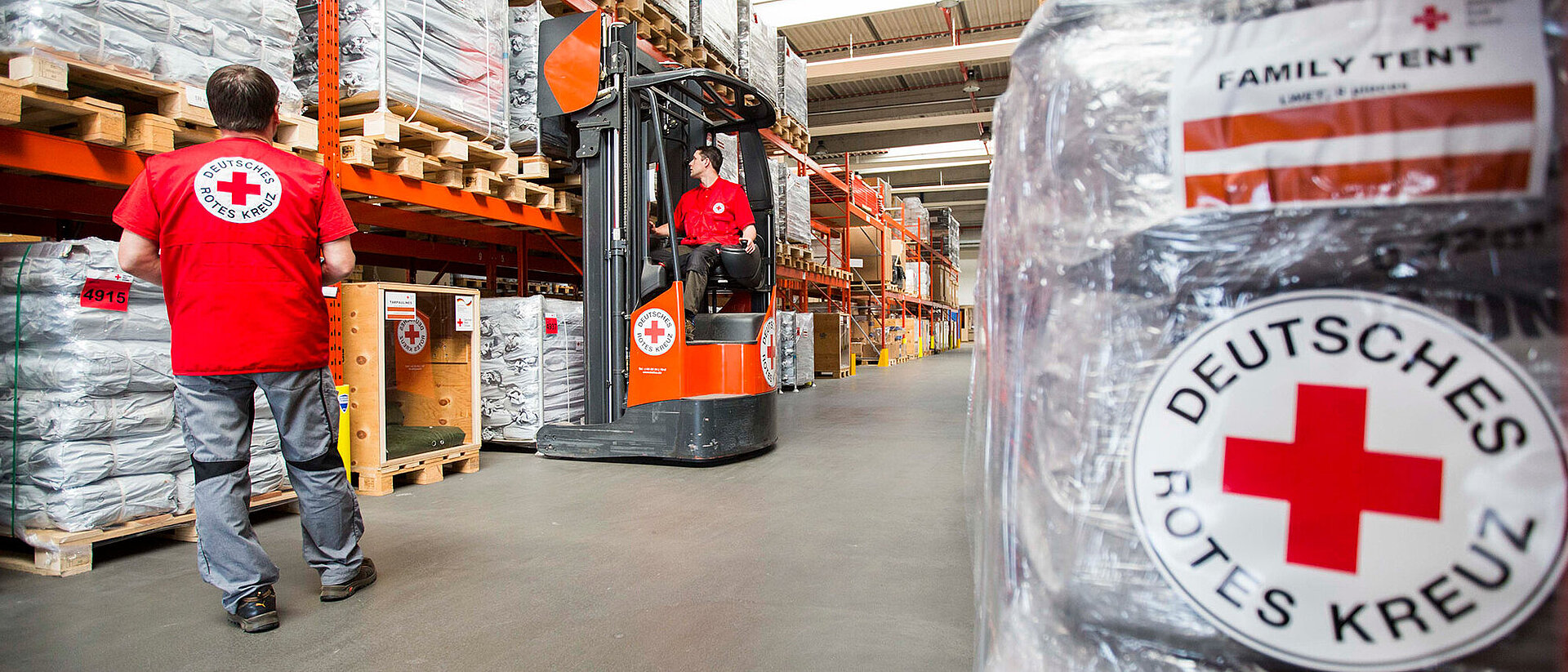
Humanitarian logistics
In an emergency, it's essential to react quickly – very quickly, as every minute counts. An efficient relief operation is achieved through well-coordinated processes, a functioning logistical infrastructure, and prepared deployment modules that can be activated quickly.
Thanks to years of experience and the support of partners and donors, the German Red Cross has succeeded in maintaining the expertise and materials needed to be on the scene immediately and provide humanitarian assistance as needed. This enables effective global disaster relief. And it always takes place in close coordination with and in support of the local Red Cross or Red Crescent Society.
Transportation of relief goods
The Red Cross does not have its own aircraft, but instead relies on experienced charter specialists or hauliers when necessary. The most suitable aircraft type for the mission is selected from a large pool. Therefore, the goods to be transported must first be precisely determined based on weight, volume, and number of individual components. Relief items are also transported by sea or truck. Procurement is always local or regional to keep costs low and best meet local needs.
After the deployment, the ERUs remain in the region to ensure that aid arrives even faster in future disaster situations. Therefore, the water and hygiene experts always work closely with the local aid workers. In future emergencies, it is the local people who direct and coordinate the deployment of the systems.
